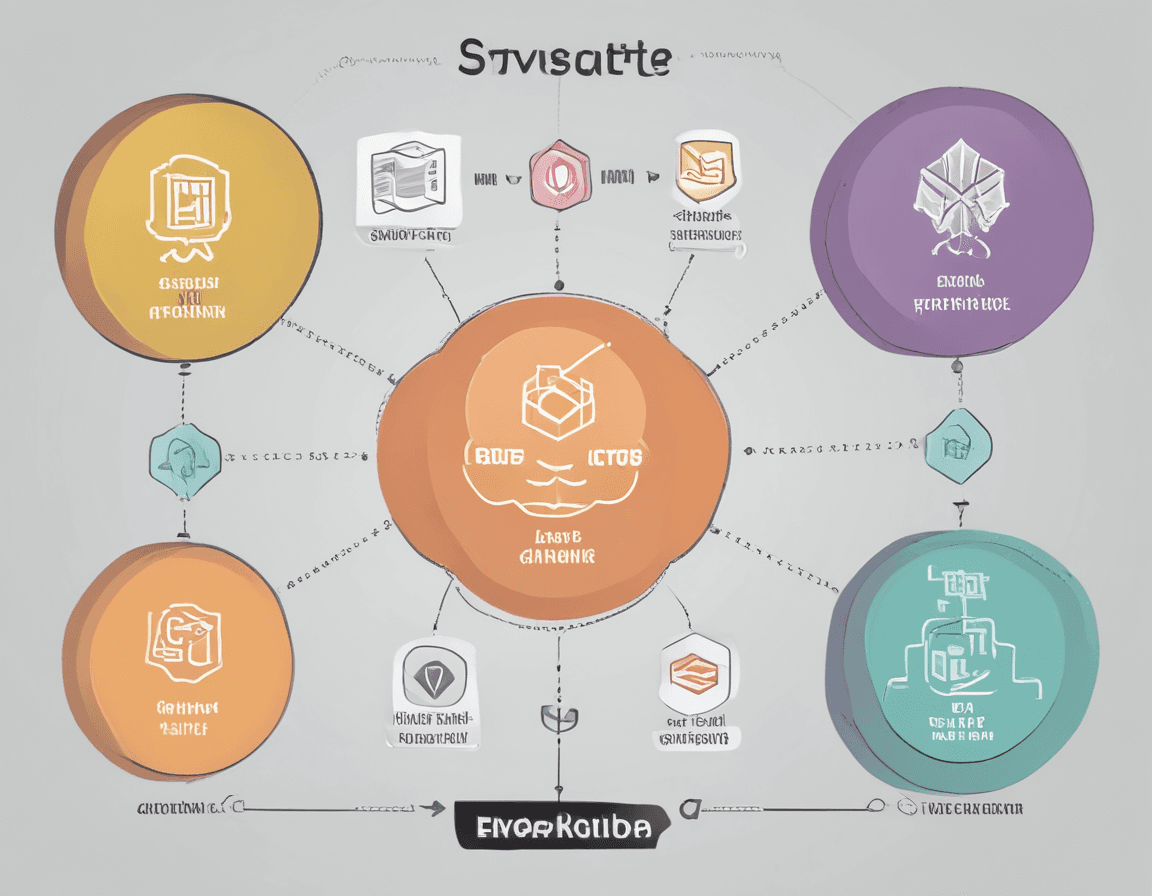Concepts and Usage of Svelte/Motion: Detailed Explanation of tweened and spring
- 542Words
- 3Minutes
- 01 Jul, 2024
Svelte is a front-end framework for building fast, scalable web applications, and Svelte/Motion provides powerful animation capabilities, making it easy to implement complex animations in Svelte applications. In this article, we will introduce the concepts of Svelte/Motion in detail, focusing on the concepts and usage of tweened and spring.
Concepts of Svelte/Motion
Svelte/Motion is a part of the Svelte framework, focusing on animations and transitions. It provides a set of tools and APIs for creating smooth and natural animations within Svelte components.
Basic Usage of Svelte/Motion
To use animations in Svelte, we can use Svelte’s built-in animation library and the motion module. Tools like animate, tweened, and spring can help us achieve different types of animation effects.
Concept and Usage of tweened
Concept of tweened
tweened is a tool in Svelte for creating interpolation animations. Interpolation animation is a method of gradually changing values, transitioning smoothly from one state to another. tweened smoothly transitions values based on specified time and easing functions.
Usage of tweened
Using tweened to achieve animations is very simple. First, we need to import tweened from svelte/motion, then initialize a tweened value and use it within the component.
Code Example
Below is a simple tweened animation example demonstrating how to use tweened to achieve color transition in a Svelte component:
1<script>2 import { tweened } from "svelte/motion";3 import { cubicOut } from "svelte/easing";4 import { onMount } from "svelte";5
6 const color = tweened("#ff0000", {7 duration: 2000,8 easing: cubicOut,9 });10
11 onMount(() => {12 color.set("#00ff00");13 });14</script>15
16<div class="box" style="background-color: {$color}"></div>17
18<style>19 .box {20 width: 100px;21 height: 100px;22 }23</style>In this example:
tweenedis used to create a color transition animation from#ff0000to#00ff00.- The animation duration is 2000 milliseconds, and the easing function is
cubicOut. - The
onMountlifecycle function is used to start the animation when the component mounts.
Concept and Usage of spring
Concept of spring
spring is a tool in Svelte for creating elastic animations. Elastic animation simulates the behavior of a physical spring, giving a damping effect as the value approaches the target value. This type of animation is usually more natural and elastic than linear interpolation.
Usage of spring
Using spring to achieve animations is also very simple. We need to import spring from svelte/motion, then initialize a spring value and use it within the component.
Code Example
Below is a simple spring animation example demonstrating how to use spring to achieve position transition in a Svelte component:
1<script>2 import { spring } from "svelte/motion";3 import { onMount } from "svelte";4
5 const position = spring(6 { x: 0, y: 0 },7 {8 stiffness: 0.1,9 damping: 0.25,10 },11 );12
13 onMount(() => {14 position.set({ x: 200, y: 200 });15 });16</script>17
18<div19 class="box"20 style="transform: translate({$position.x}px, {$position.y}px)"21></div>22
23<style>24 .box {25 width: 50px;26 height: 50px;27 background-color: #00f;28 position: absolute;29 }30</style>In this example:
springis used to create an elastic animation transitioning from position{ x: 0, y: 0 }to{ x: 200, y: 200 }.- The animation stiffness is 0.1, and the damping is 0.25.
- The
onMountlifecycle function is used to start the animation when the component mounts.
Summary
Svelte/Motion provides developers with powerful tools to implement animation effects. By using tweened and spring, we can easily create smooth and natural animations in Svelte applications. These tools allow developers to achieve complex animation effects with less code, thereby improving development efficiency and user experience.
